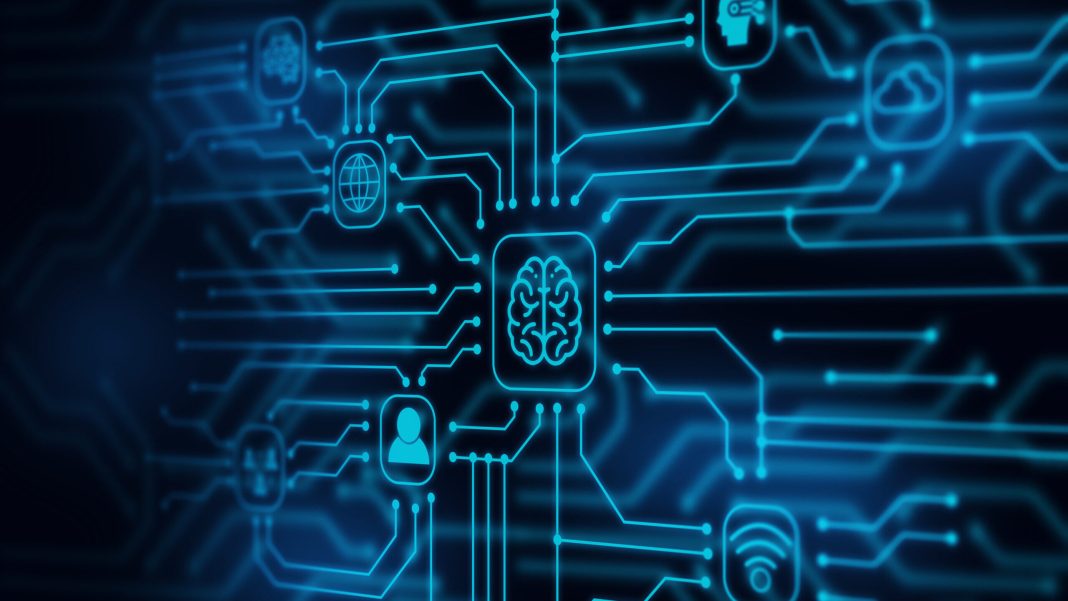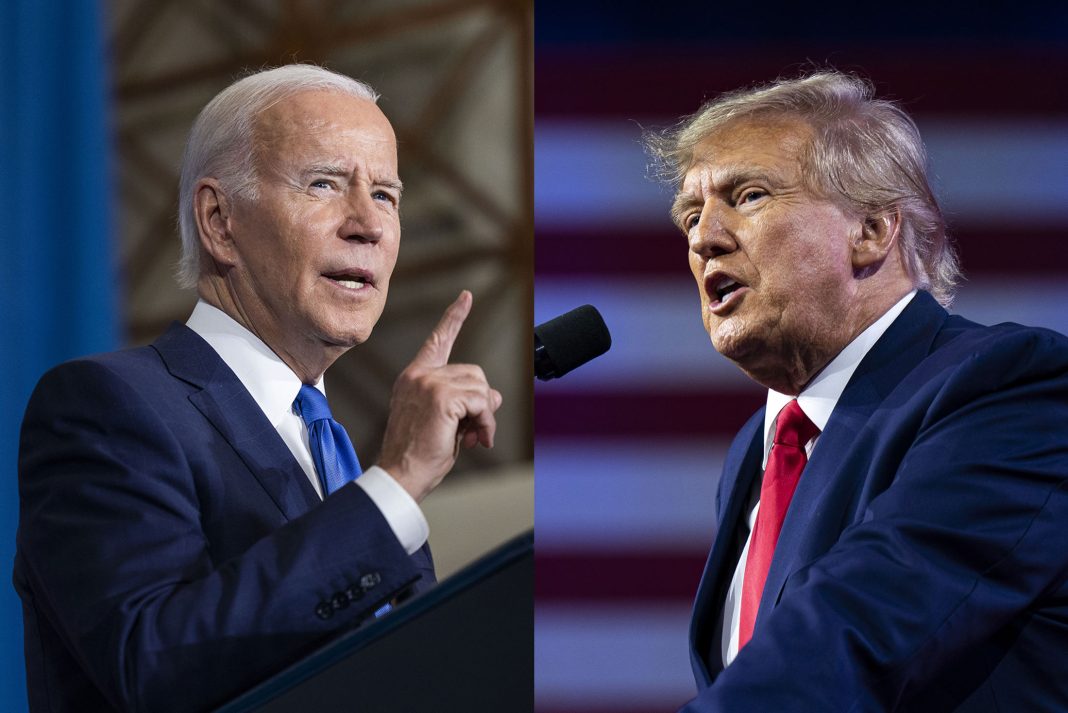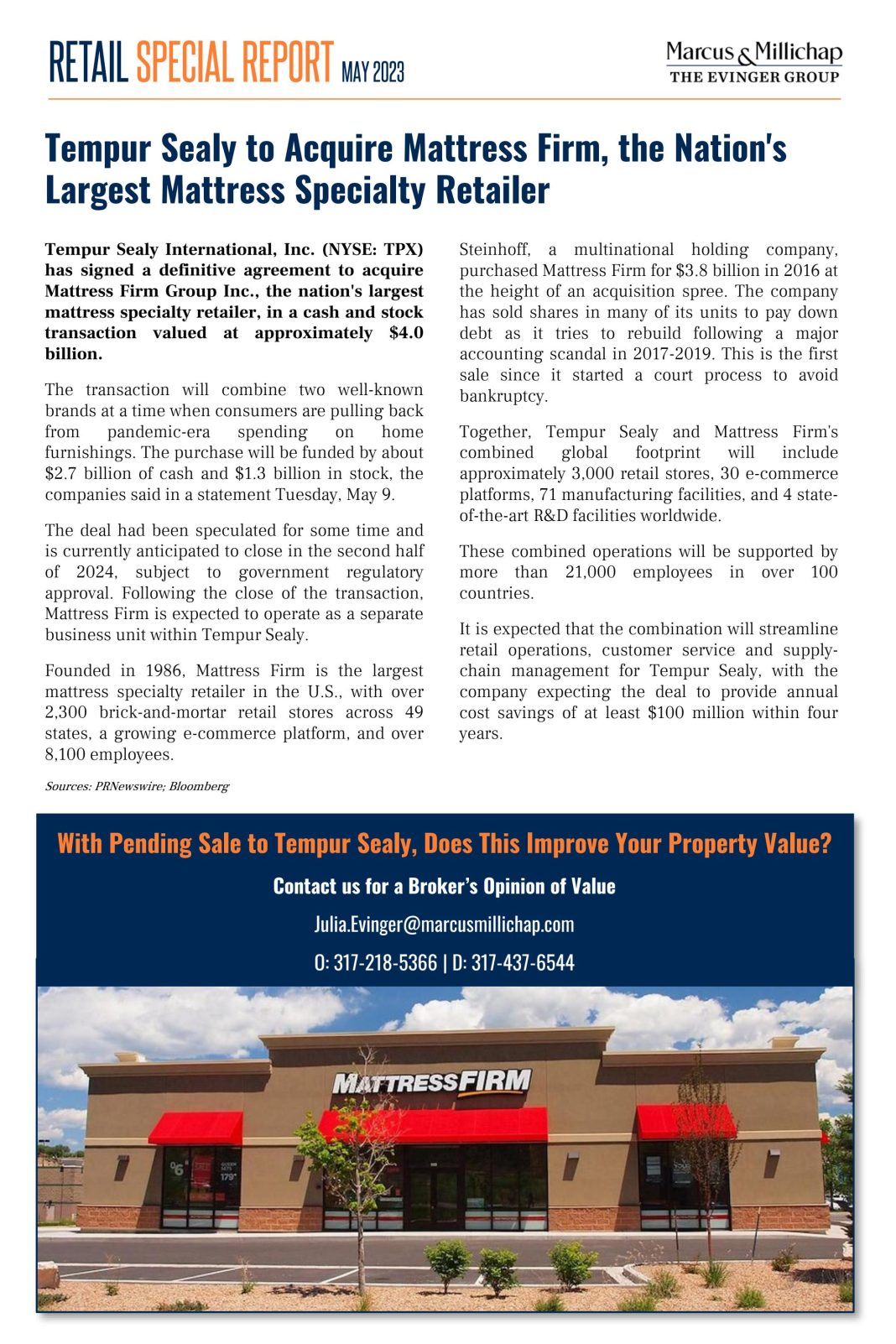 Restaurants are turning to artificial intelligence (AI) technology in an effort to lower labor costs. A survey from the National Restaurant Association found that 16% of restaurant operators plan to invest in AI, including voice recognition. This investment is primarily coming from large chains that have the capital to implement the technology effectively. Before the pandemic, labor costs were already rising for restaurants, prompting them to explore technological solutions to increase profit margins. The shift towards drive-thru lanes due to COVID-19 has further emphasized the need for AI in the industry. California’s decision to raise wages for fast-food workers has also incentivized operators to adopt AI to cut labor costs.
Restaurants are turning to artificial intelligence (AI) technology in an effort to lower labor costs. A survey from the National Restaurant Association found that 16% of restaurant operators plan to invest in AI, including voice recognition. This investment is primarily coming from large chains that have the capital to implement the technology effectively. Before the pandemic, labor costs were already rising for restaurants, prompting them to explore technological solutions to increase profit margins. The shift towards drive-thru lanes due to COVID-19 has further emphasized the need for AI in the industry. California’s decision to raise wages for fast-food workers has also incentivized operators to adopt AI to cut labor costs.
One of the main players in the AI drive-thru technology space is Presto Automation. However, the company faced criticism for its lack of transparency when it was revealed that it used “human agents” in countries like the Philippines and India to complete orders. Despite this initial setback, the adoption of AI for drive-thrus is expected to increase in the future.
According to T.D. Cowen analyst Andrew Charles, the tipping point for voice ordering is likely to occur in the next 12 to 18 months. He predicts that at least two of the top 25 restaurant chains in the U.S. will fully embrace the technology and expand its use across their locations. This trend is similar to the adoption of third-party delivery services a few years ago when McDonald’s partnered with Uber, leading other chains to follow suit.
Companies with voice-ordering technology argue that AI doesn’t replace jobs but instead frees up workers for other tasks. SoundHound, a leader in the space, claims that its AI can process over 90% of orders without human intervention, with an accuracy rate higher than that of humans. It also speeds up drive-thru lanes by approximately 10% and attempts to upsell customers with each order, increasing average check sizes. Additionally, AI has the potential to take orders from non-English speakers, presenting an opportunity for international expansion.
However, there are some drawbacks to generative AI. Inaccurate orders can damage a restaurant’s reputation and cause delays and frustration for customers. Older age cohorts may prefer fewer technology options while dining, as revealed in a survey conducted by the National Restaurant Association. Weak Wi-Fi connections, noisy environments, and complex menus can also pose challenges for AI ordering systems.
McDonald’s initially partnered with IBM to develop AI technology for its drive-thru lanes but ended the trial due to issues with interpreting accents and dialects, among other challenges. Despite this setback, McDonald’s remains committed to using AI for drive-thru orders and plans to explore voice ordering solutions more broadly.
Other chains, such as Taco Bell, White Castle, and Wendy’s, are also testing AI ordering systems. So far, early adopters have been companies with lower average unit volumes, as they have a greater financial incentive to mitigate higher labor costs with AI technology.
According to Panera Bread founder Ron Shaich, the real winners in the AI voice ordering space will be fast followers rather than first movers. He believes it’s better to wait until the technology becomes more advanced and focus on providing an overall customer experience that outshines the competition.
In conclusion, AI technology has the potential to revolutionize drive-thru ordering in the restaurant industry. While there are challenges to overcome, such as accuracy and customer preferences, the adoption of AI in drive-thrus is expected to increase in the coming months and years. Restaurants can benefit from increased efficiency, cost savings, and potential upselling opportunities, but they must also carefully consider their customers’ needs and expectations.


